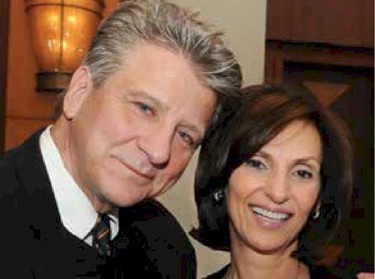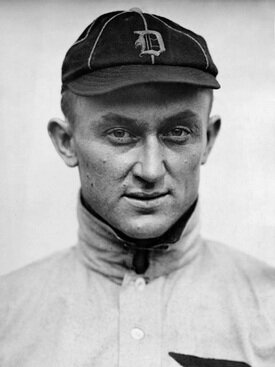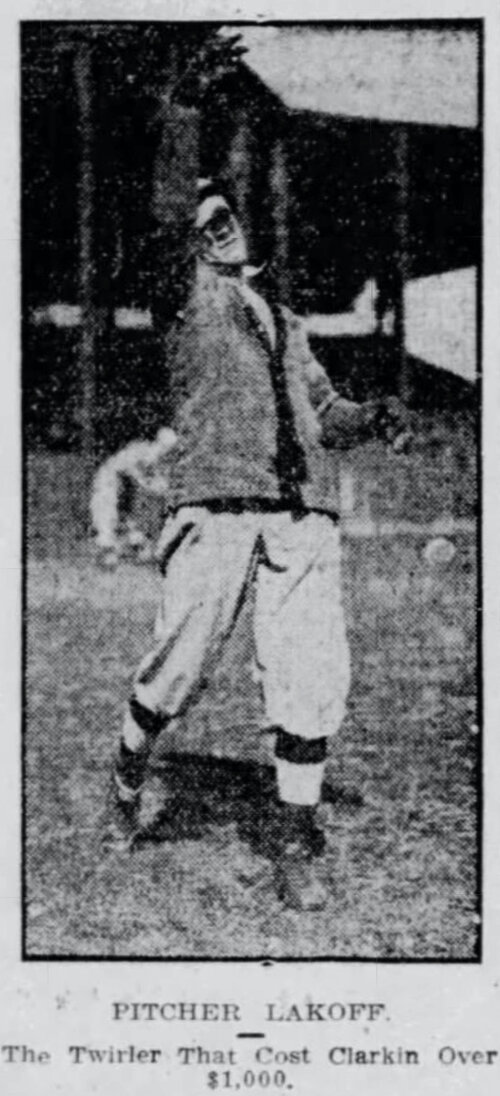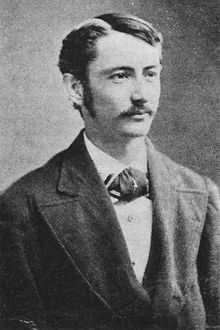In a heroic effort by Vernon Orioles left-handed pitcher Jack Steed, the Twilight League witnessed its first no-hitter at Dunkin’ Park on July 21, 2025. Steed commanded the zone with mostly fastballs topping out at 81 mph, while mixing in accurate curveballs at 70 mph. He served up thirteen strikeouts and just two walks in Hartford on Monday night. The backend of the first doubleheader ended in a 7-0, Bristol Greeners defeat after seven full innings.
Steed, a homegrown player from Vernon and a graduate of Nichols College, was somewhat shocked following the game. He expressed his gratitude for his teammates, and he noted that it was his first no-hitter he’s ever pitched. The game was Steed’s fifth deciding win out of seven appearances for the O’s this season, making him second in the league in wins. Here’s a clip of the southpaw’s last pitch and a short interview:
According to Vernon’s Manager Jack Ceppetelli, “Steed had outstanding command and good movement on his fastball. He was dominant from start to finish, despite throwing a lot of pitches.”
The O’s are currently tied with M&T Bank for second place (both having 11-7 win-loss records) in the standings, a mere half game behind the Middletown Mets and the standings appear to being getting tighter and tighter as the summer wears on. More spectacular pitching performances from Steed, along with plus arms like Jason Ray and Matt Curtis, may give Vernon the edge they need to capture the season title. There’s much more baseball down the stretch!
The 2025 GHTBL Regular Season will be completed August 3rd if no additional rainouts take place.
Playoffs are projected to begin August 7th at McKenna Field in East Hartford, Connecticut, weather permitting.





























































































































































































































































































































































































































































































































































































































































































































































































































































































































































































































































































































































































































































































































































































































































































































































































































































































































































































































































































































































































































































































































































































































































































































































































































































































































































